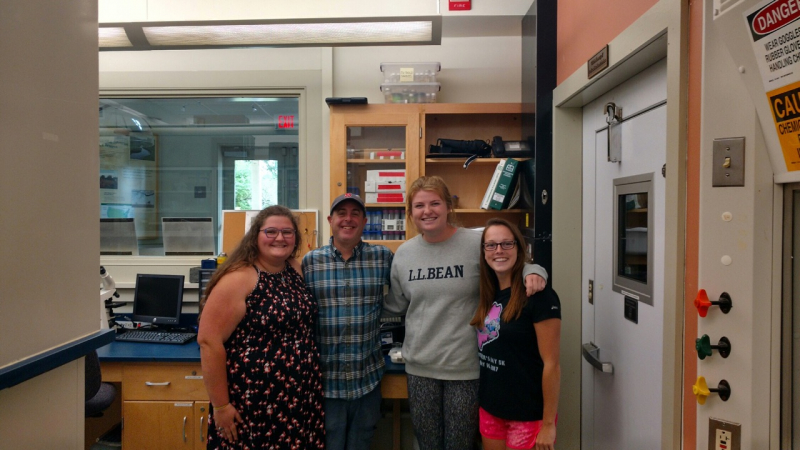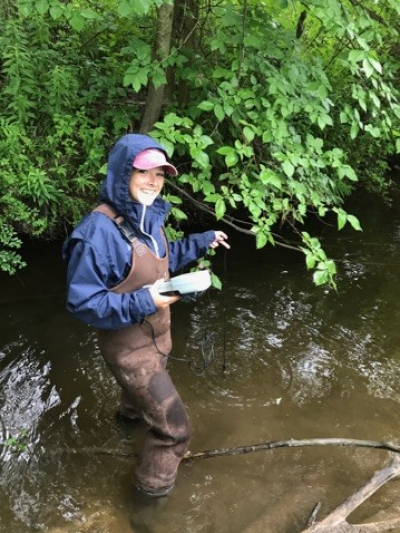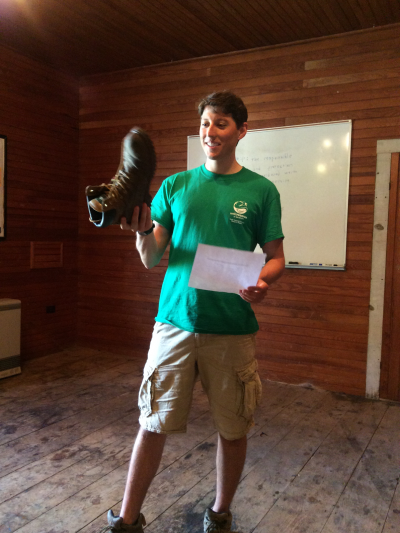This summer, 13 NOAA Scholars conducted research and education internships at National Estuarine Research Reserves from Maine to Puerto Rico. Estuaries, where freshwater meets the salty ocean, are among the most productive ecosystems on earth. Estuaries provide nursery grounds for 75% of commercial fish species, naturally filter runoff, sequester carbon, and protect the coast from storms. To celebrate Estuaries Week, September 16-23rd, we are featuring the stories of NOAA Scholars who spent their summer interning at seven different National Estuarine Research Reserves around the United States.
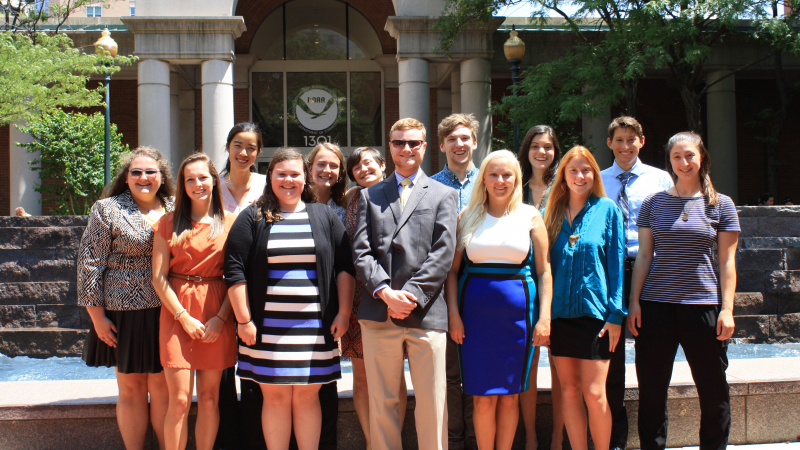
The National Estuarine Research Reserve System is a network of 29 coastal sites nationwide designated to protect and study estuarine systems. These reserves are managed in partnership between NOAA and the coastal states. Learn more about NERRS.
Each year, National Estuarine Research Reserves (NERRs) throughout the country host Hollings and EPP/MSI Undergraduate Scholars as summer interns. The Reserve System provides living laboratories for students to study estuarine ecosystems, as well as opportunities to develop locally relevant education and outreach projects.
Chesapeake Bay (Virginia)
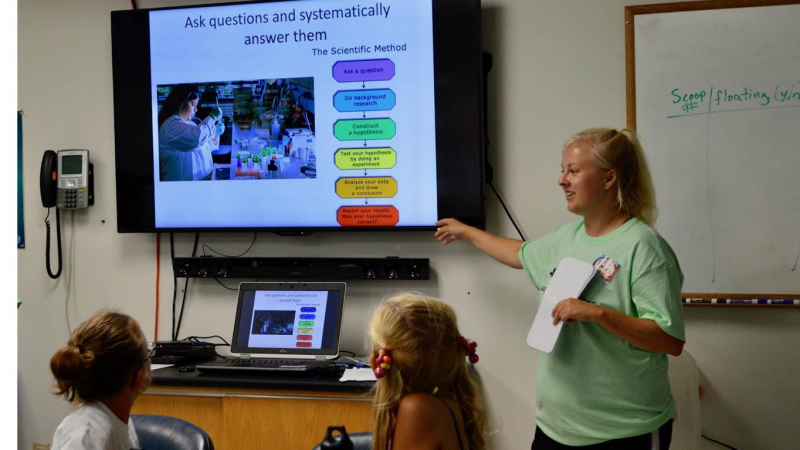
Delaware
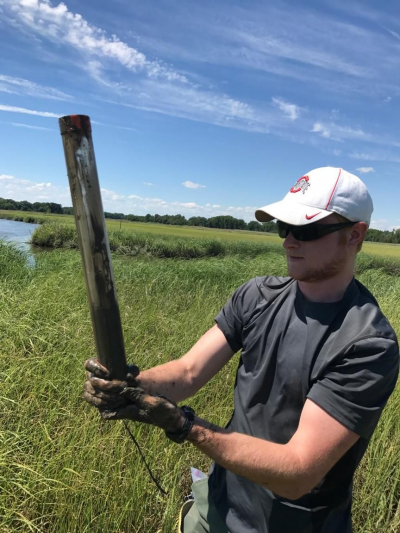
Jobos Bay
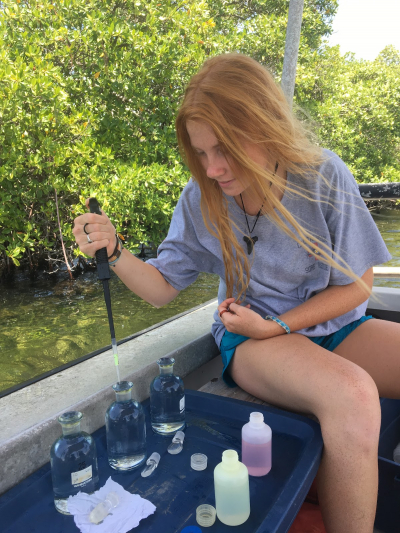

Lake Superior
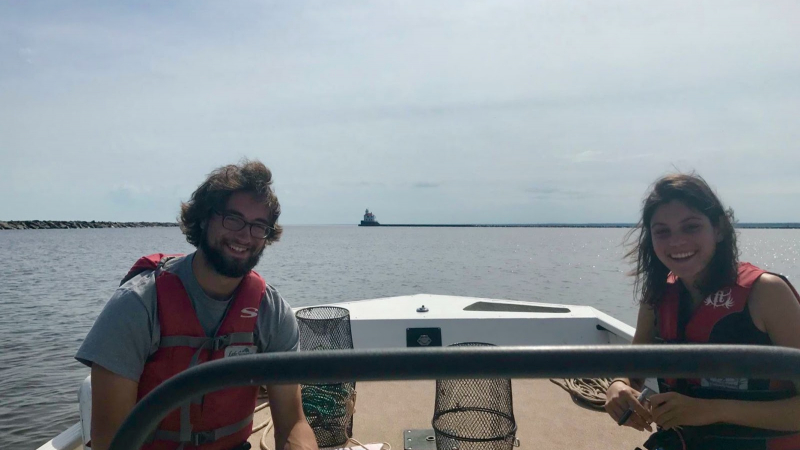
Padilla Bay
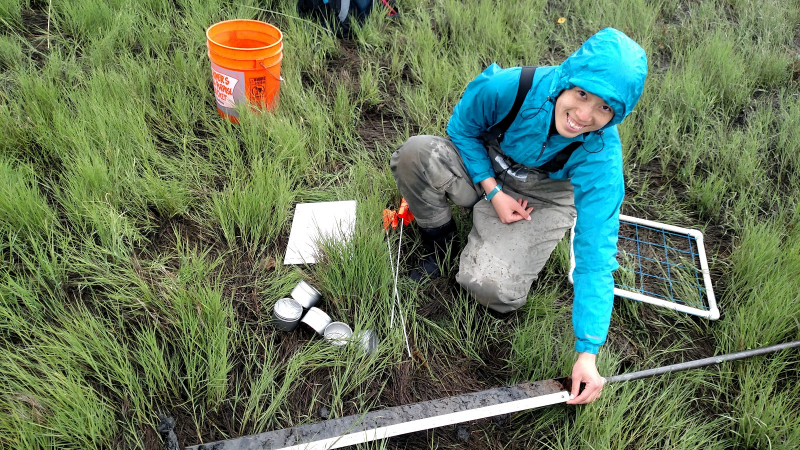
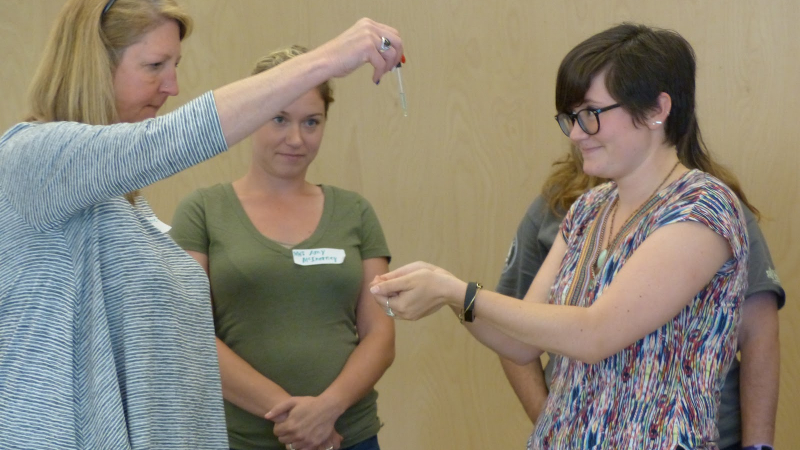
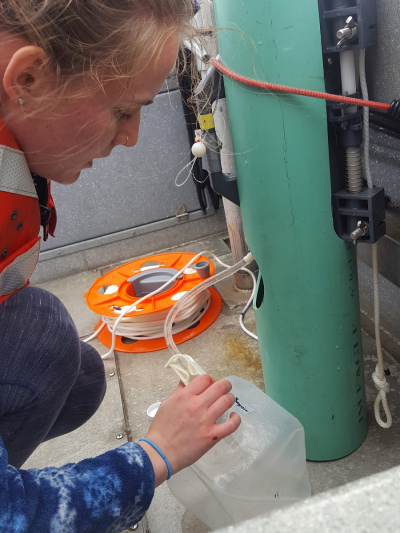
South Slough
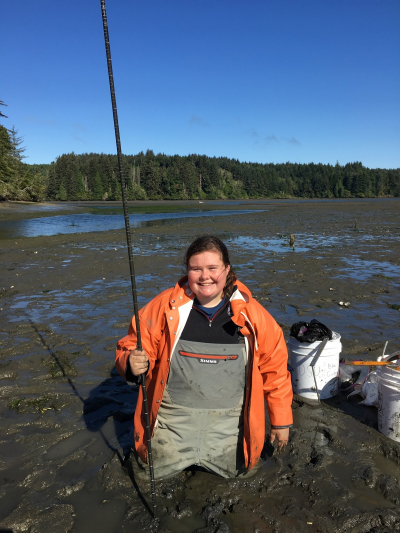
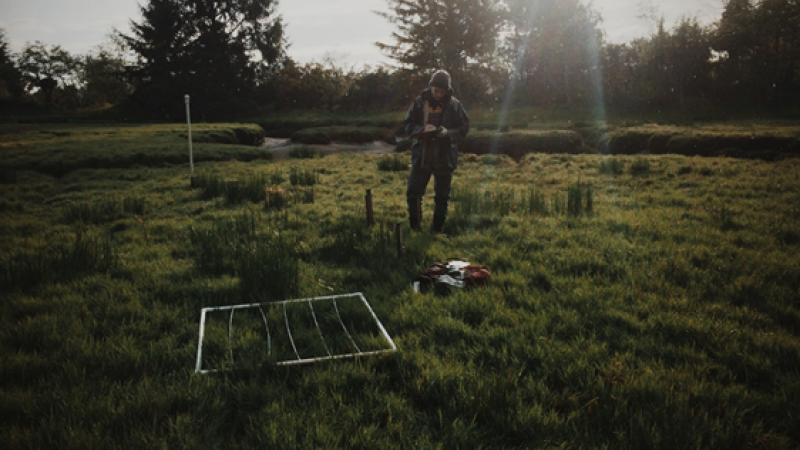
Wells
